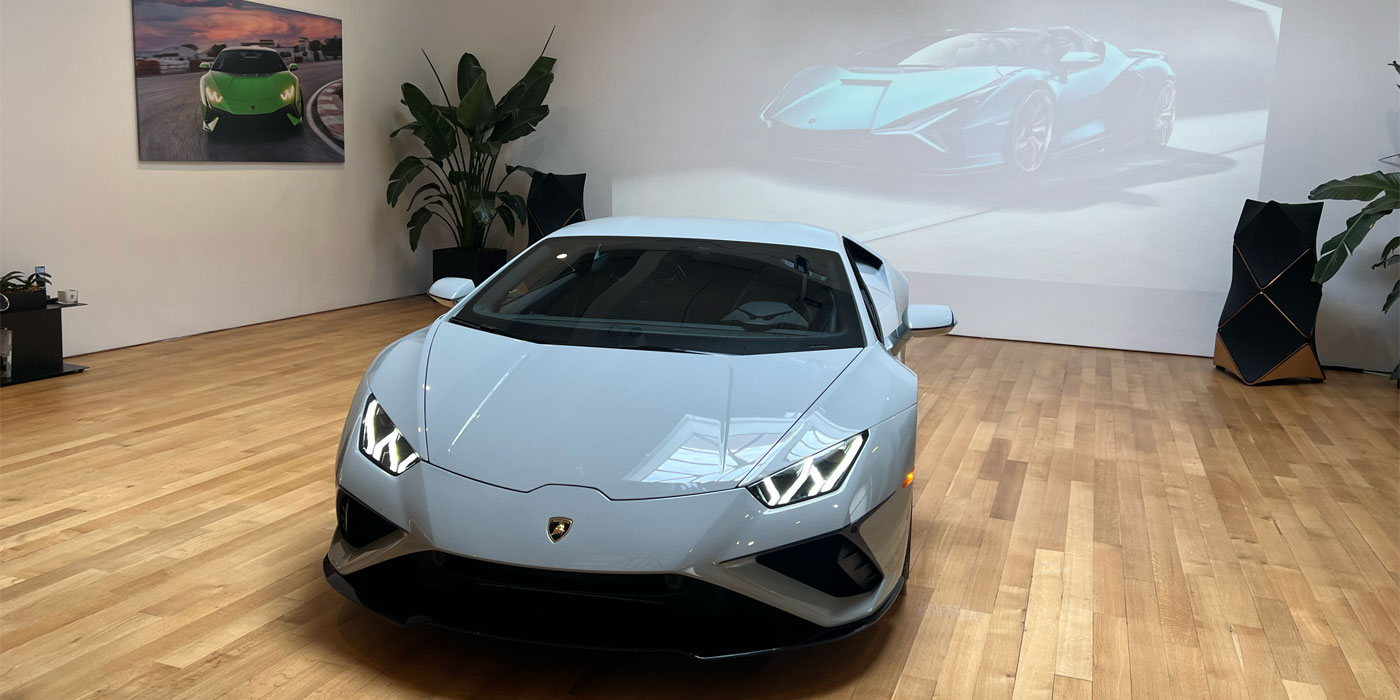Would you knowingly install four "new" tires that are actually six to 10 years old – or older – on your son or daughter’s car?
I already know your answer.
Neither would I.
And while most of you would never consider putting old tires on your children’s vehicles, I find it a bit disconcerting that – based on emails and reader comments I have received – some of you can still justify selling those same tires to your customers.
Sadly, this whole tire age thing has simply spun out of control. There are far too many dealers and association folks and executives and “tire experts” defending the indefensible by continuing to point to “science” and “data” where “common sense” is now the only reasonable response.
The “service life is not determined by chronological age” fugue is as ancient as the word “fugue,” and about as useful now. No one can argue that point…because there is no “science” or “data.”
A decade ago, when the whole question of “How old is too old?” reared its head, that argument made some sense. But instead of going out and getting some “science” and “data,” TIA, RMA, tiremakers and others stood on soapboxes and declared that since none existed, there was no problem.
Here is an indisputable fact:Perception is always reality. Perhaps not immediately, but sooner or later those two inevitably converge. Tire and vehicle makers in Europe and Japan understood that, and took steps to deal with consumer perception before it spun out of control.
But not here. No, not here.
Americans don’t like their products hurting or killing them. They don’t even cotton to the hint of a paper cut. So after years of seeing TV news reports on tire aging and hearing from plaintiff attorney-supporter Sean Kane and reading online stories and talking to friends and family, many consumers became convinced that “old tires” were a real threat.
Consumers don’t care about ozone, weather, tire stacking, raw material quality and consistency, production equipment, what day of the week the cotton was picked and processed into casing plies, or any of the excuses we have heard for 10 years – and still hear today.
When it comes to buying “new” tires, drivers want actual new tires. Not something made four, five even eight years ago. They don’t want to worry if their “new” tires will hurt or kill them. And there is no amount of “science” or “data” that will convince them otherwise.
As the industry fell under attack for pushing “old, brittle, killer tires” on the “unsuspecting public,” we fixated on “science” and “data” and never heard what was actually being said.
This is a complicated issue (perhaps not as complex as some make it to be, though), but we have to start somewhere. Step One is to dig our heads out of the sand and admit that we have an epic PR problem.
Step Two: Take a page out of the Public Relations 101 manual and fight perception with a new perception.
Like I said, perception is reality. And I know that the folks at TIA and RMA (and their members) understand this. So, with that, the “old tires are bad” perception needs to be reshaped into “here is advice that will make you feel confident with your tires.”
Now, this is not an absolute solution; it would take a roomful of lawyers 10 lifetimes to come to an agreement on airtight resolution, and we don’t have that kind of time. A noted public stance, however, would ease the perception burden, giving tiremakers the beathing space to eliminate the old tires they control from the market and create the systems necessary to prevent such from entering the market in the future.
It’s called “issuing a statement,” a tactic that appears to have worked well in Europe and Japan, from both tire producers and vehicle companies.
And that statement could read something like this:
“The Rubber Manufacturers Association and the Tire Industry Association and all of their collective members strongly recommend that unused tires (those that have not been installed and/or driven on) should not be placed into service if they are more than six years old (based on the production date embossed on the sidewall of the tire), and that all tires should be removed from service and replaced 10 years from the date of their manufacture.”
Simple. Straightforward. No finding of fault or placing of blame. Most people, I suggest, would feel that their best interests were finally being considered and addressed.
Perhaps this is all a bit naive.
But I do know that dealers are tired of taking the brunt of consumer anger, hoping their suppliers and representatives would step up.
Iknow we don’t want “death by 51 cuts” in the form of state-by-state or federal legislation. We’re staring that devil square in the face, and those battles are far from over.
Iknow you wouldn’t imperil your offspring.
What Idon’t know is if anyone will finally step up and deal with the real reality of tire aging.













